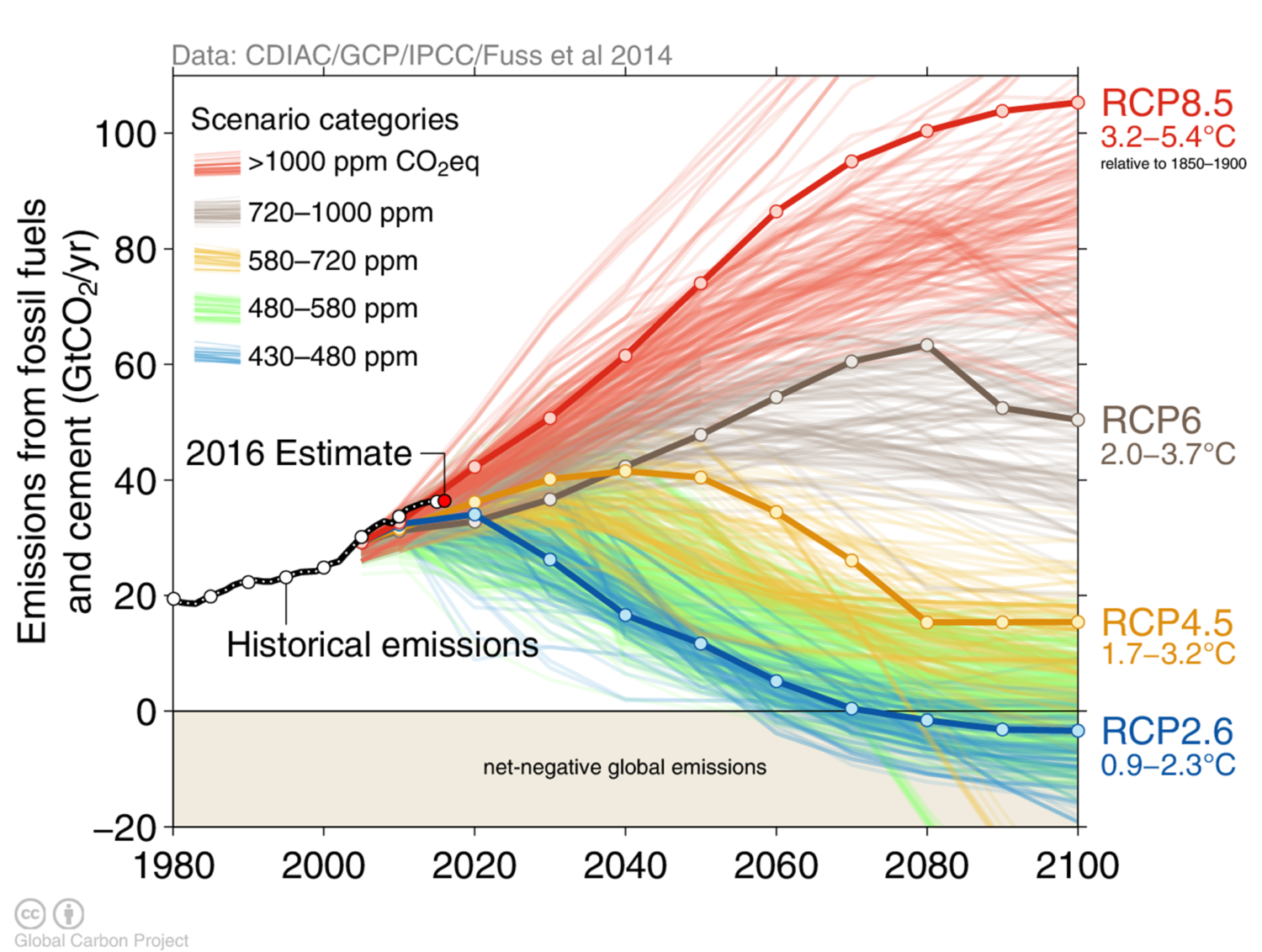An anonymous reader shared this report from CNN:
On a slice of the ocean front in west Singapore, a startup is building a plant to turn carbon dioxide from air and seawater into the same material as seashells, in a process that will also produce “green” hydrogen — a much-hyped clean fuel.
The cluster of low-slung buildings starting to take shape in Tuas will become the “world’s largest” ocean-based carbon dioxide removal plant when completed later this year, according to Equatic, the startup behind it that was spun out of the University of California at Los Angeles. The idea is that the plant will pull water from the ocean, zap it with an electric current and run air through it to produce a series of chemical reactions to trap and store carbon dioxide as minerals, which can be put back in the sea or used on land… The $20 million facility will be fully operational by the end of the year and able to remove 3,650 metric tons of carbon dioxide annually, said Edward Sanders, chief operating officer of Equatic, which has partnered with Singapore’s National Water Agency to construct the plant. That amount is equivalent to taking roughly 870 average passenger cars off the road. The ambition is to scale up to 100,000 metric tons of CO2 removal a year by the end of 2026, and from there to millions of metric tons over the next few decades, Sanders told CNN. The plant can be replicated pretty much anywhere, he said, stacked up in modules “like lego blocks…”
The upfront costs are high but the company says it plans to make money by selling carbon credits to polluters to offset their pollution, as well as selling the hydrogen produced during the process. Equatic has already signed a deal with Boeing to sell it 2,100 metric tons of hydrogen, which it plans to use to create green fuel, and to fund the removal of 62,000 metric tons of CO2.
There’s other projects around the world attempting ocean-based carbon renewal, CNN notes. “Other projects include sprinkling iron particles into the ocean to stimulate CO2-absorbing phytoplankton, sinking seaweed into the depths to lock up carbon and spraying particles into marine clouds to reflect away some of the sun’s energy.”
But carbon-removal projects are controversial, criticized for being expensive, unproven at scale and a distraction from policies to cut fossil fuels. And when they involve the oceans — complex ecosystems already under huge strain from global warming — criticisms can get even louder. There are “big knowledge gaps” when it comes to ocean geoengineering generally, said Jean-Pierre Gatusso, an ocean scientist at the Sorbonne University in France. “I am very concerned with the fact that science lags behind the industry,” he told CNN.
Abstract credit: https://slashdot.org/story/427506


